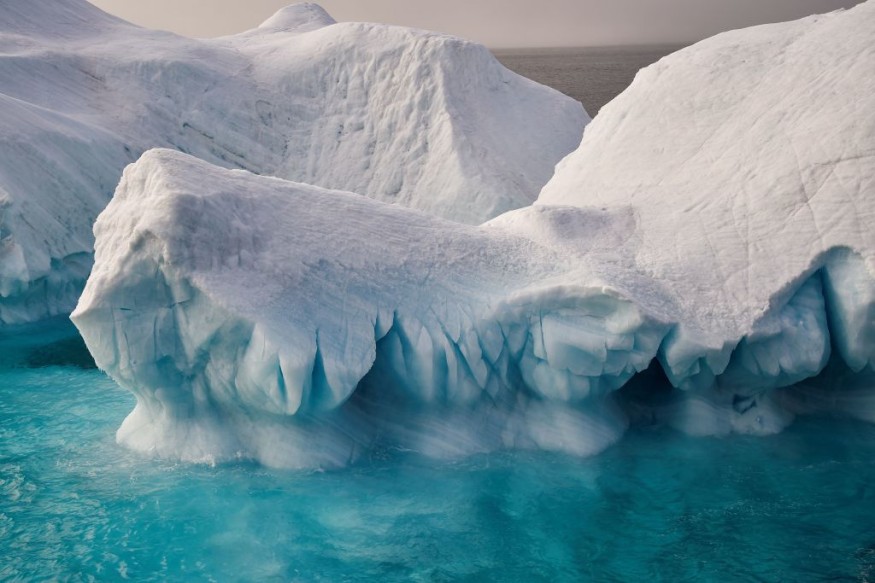Large sinkholes are opening in the seabed of the Arctic Ocean, and marine scientists perceive this is a result of "long-term climate cycles" instead of climate change.
The breakthrough discovery is the first time humans have witnessed what is transpiring underneath the Arctic Ocean.
Arctic Seafloor Sinkholes

The new research was published in the Proceedings of the National Academy of Sciences of the United States of America (PNAS) in March 2022, which claimed that some of the sinkholes are large as a city area consisting of multiple six-story buildings.
Scientists used a combination of "sonar and autonomous mapping robots" based on high-resolution bathymetric surveys to observe the strange event under the Beaufort Sea in Canada.
The study was conducted in a span of almost a decade using underwater technology never seen before.
In 2010, scientists found a rough patch located 177 kilometers (110 miles) offshore which is connected to the Pleistocene permafrost.
The team sent the robots in 2013 and 2017, as well as sonar technology in 2019 to understand the geological mystery in the Arctic seafloor, as per the World Economic Forum.
It was only until recent years the scientists noticed the rapid changes; as new craters formed in the seabed.
Although there is also permafrost in the Arctic seafloor, marine scientists believed that it was not caused by regular ice thawing-which has been evident in the permafrost above ground.
Permafrost Degradation
The mysterious sinkholes in the seafloor underneath the Arctic are being attributed to permafrost degradation.
However, marine scientists are still confused due to the size of the underwater holes and the short span of time in which they occurred.
Evgeny Chuvilin, a Siberian permafrost researcher at the Skolkovo Institute of Science and Technology (Skoltech), stated permafrost degradation is normally a slow process with an approximate thawing or melting of permafrost of about centimeters each year, as cited by CNN.
Scientists have also ruled out the possibility that alleged undersea volcanic eruptions triggered the emergence of sinkholes.
One of the lead authors in the study, Charlie Paull, a senior scientist at Monterey Bay Aquarium Research Institute, told CNN that there is no evidence of explosive events associated with the rapid changes.
Climate Cycles
Although prevailing research claimed that the Arctic is warming two times faster each year than the global average, the authors of the PNAS research said that human-caused climate change is still unable to explain the geological event.
As a result, the authors of the research ruled out climate change to be the cause of the opening cracks in the Arctic seabed.
Despite this, they have still acknowledged that the continuance of a climate crisis due to global warming is shaping the Arctic.
However, natural climate cycles are being looked at as the primary cause of the sinkholes.
According to the Climate Change Resource Center of the U.S. Forest Service, climate cycles can occur in different time scales, ranging from years, decades, centuries, to millennia.
These cycles can occur with evident 'geological and climatical changes' in their wake.
The major and most significant of these cycles are the Milankovitch cycles, which are based on the Earth's orbit around the Sun.
Nevertheless, the contrasting contestations on what triggered the sinkholes will need further observation and monitoring.
Further studies are also expected to determine the nature and cause of the Arctic seabed holes.
Related Article: Did you Know? Arctic Sea MIGHT Already be Ice-Free by 2024
© 2025 NatureWorldNews.com All rights reserved. Do not reproduce without permission.





